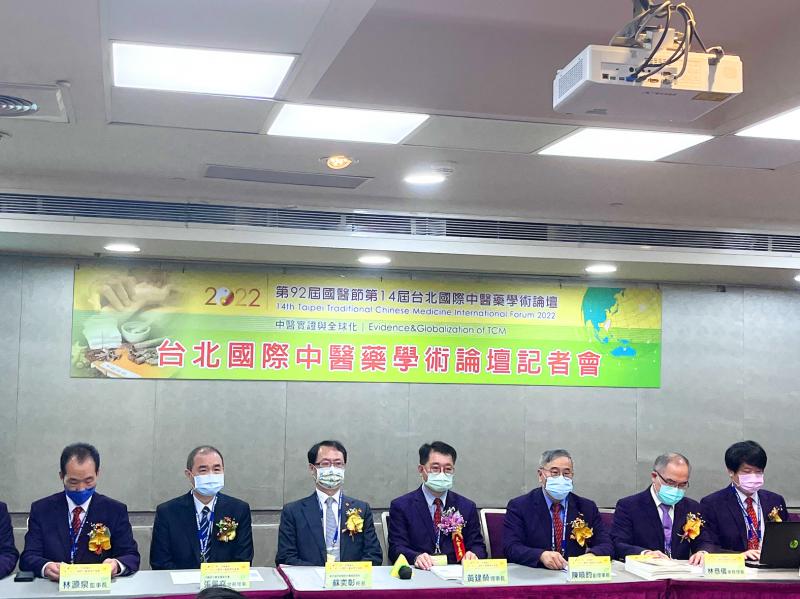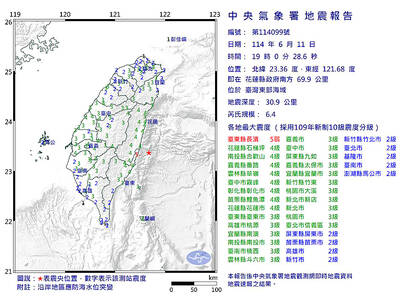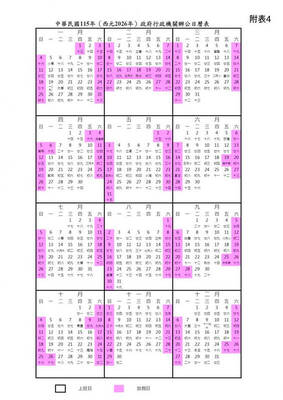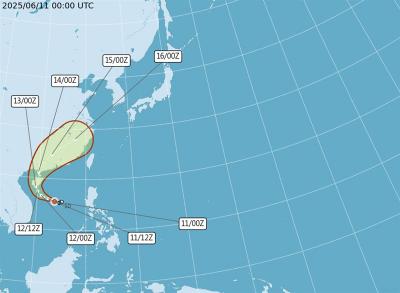A Chinese medicine-based herbal formula developed in Taiwan called Taiwan Chingguan Erhau (清冠二號), or NRICM102, could reduce the mortality rate of COVID-19 cases who experience severe symptoms by 50 percent, National Research Institute of Chinese Medicine (NRICM) director Su Yi-chang (蘇奕彰) said.
Su talked about the treatment on Sunday at the Taipei Traditional Chinese Medicine International Forum, saying that following the success of Taiwan Chingguan Yihau (清冠一號), or NRICM101, the institute is applying for patents and trademarks for the new formulation.
In 2020, permission was granted to export Taiwan Chingguan Yihau, and it has been sold in more than 50 countries with positive responses from overseas, Su said.

Photo: Tsai Si-pei, Taipei Times
Taiwan Chingguan Yihau received emergency use authorization in May last year from the Ministry of Health and Welfare, which allowed it to be manufactured and used for clinical treatment in Taiwan.
Eight pharmaceutical companies have authorization to manufacture the formula.
Taiwan Chingguan Erhau is a modification of its predecessor, which includes indigowoad root, heartleaf houttuynia herb and scutellaria root, among others, Su said.
Ingredients “helpful in fighting viruses” and “regulating the immune system” remain in Taiwan Chingguan Erhau, while stronger substances that “help bolster health maintenance” were substituted for those with modest effects, he added.
Clinical trials of Taiwan Chingguan Yihau were conducted from May to August last year in 15 hospitals including the Tri-Service General Hospital, Taipei Hospital and Taoyuan General Hospital.
Results showed that the chance of people with COVID-19 developing severe symptoms was reduced by 80 percent if they were using the formula, Su said.
Over the same period, more than 100 cases with severe symptoms received Taiwan Chingguan Erhau in clinical trials, with results suggesting a 50 percent drop in mortality rate within 30 days, he said.
Asking pharmaceutical companies to target only COVID-19 cases with severe symptoms is impractical as the pandemic wanes, Su said, adding that the institute plans to test Taiwan Chingguan Erhau’s usefulness against other severe lung diseases.
The formula’s effectiveness in treating chronic obstructive pulmonary disease, cardiac and pulmonary arrest, and pulmonary embolism are being assessed, he said.
Su also said that unlike Western medicines that target one disease, a Chinese medical formula can usually treat many diseases.
Taking Chinese medicine is unlikely to produce side effects or develop resistance the same way drugs or antibiotics do, he said.
Su said that the institute plans to approach companies that are interested in manufacturing Taiwan Chingguan Erhau and follow the procedures for launching new medical treatments in Taiwan.

A magnitude 6.4 earthquake struck off the coast of Hualien County in eastern Taiwan at 7pm yesterday, the Central Weather Administration (CWA) said. The epicenter of the temblor was at sea, about 69.9km south of Hualien County Hall, at a depth of 30.9km, it said. There were no immediate reports of damage resulting from the quake. The earthquake’s intensity, which gauges the actual effect of a temblor, was highest in Taitung County’s Changbin Township (長濱), where it measured 5 on Taiwan’s seven-tier intensity scale. The quake also measured an intensity of 4 in Hualien, Nantou, Chiayi, Yunlin, Changhua and Miaoli counties, as well as

Taiwan is to have nine extended holidays next year, led by a nine-day Lunar New Year break, the Cabinet announced yesterday. The nine-day Lunar New Year holiday next year matches the length of this year’s holiday, which featured six extended holidays. The increase in extended holidays is due to the Act on the Implementation of Commemorative and Festival Holidays (紀念日及節日實施條例), which was passed early last month with support from the opposition Chinese Nationalist Party (KMT) and Taiwan People’s Party. Under the new act, the day before Lunar New Year’s Eve is also a national holiday, and Labor Day would no longer be limited

COMMITMENTS: The company had a relatively low renewable ratio at 56 percent and did not have any goal to achieve 100 percent renewable energy, the report said Pegatron Corp ranked the lowest among five major final assembly suppliers in progressing toward Apple Inc’s commitment to be 100 percent carbon neutral by 2030, a Greenpeace East Asia report said yesterday. While Apple has set the goal of using 100 percent renewable energy across its entire business, supply chain and product lifecycle by 2030, carbon emissions from electronics manufacturing are rising globally due to increased energy consumption, it said. Given that carbon emissions from its supply chain accounted for more than half of its total emissions last year, Greenpeace East Asia evaluated the green transition performance of Apple’s five largest final

The first tropical storm of the year in the western North Pacific, Wutip (蝴蝶), has formed over the South China Sea and is expected to move toward Hainan Island off southern China, the Central Weather Administration (CWA) said today. The agency said a tropical depression over waters near the Paracel and Zhongsha islands strengthened into a tropical storm this morning. The storm had maximum sustained winds near its center of 64.8kph, with peak gusts reaching 90kph, it said. Winds at Beaufort scale level 7 — ranging from 50kph to 61.5kph — extended up to 80km from the center, it added. Forecaster Kuan Hsin-ping